Vintage vans have a unique charm that has captured the hearts of collectors and enthusiasts alike. While many may remember them as humble workhorses or family transporters, these rare models have developed cult followings for their distinctive designs, practicality, and rich history. From iconic classics like the Volkswagen Type 2 to lesser-known gems like the Peugeot J7, these vintage vans represent a nostalgic era of automotive innovation. Whether it’s for restoration projects or simply admiring their quirky aesthetics, these vehicles hold a special place in the world of classic cars. Here’s a look at some rare vintage vans that have become cult favorites over the years.
Volkswagen Type 2 (T1)
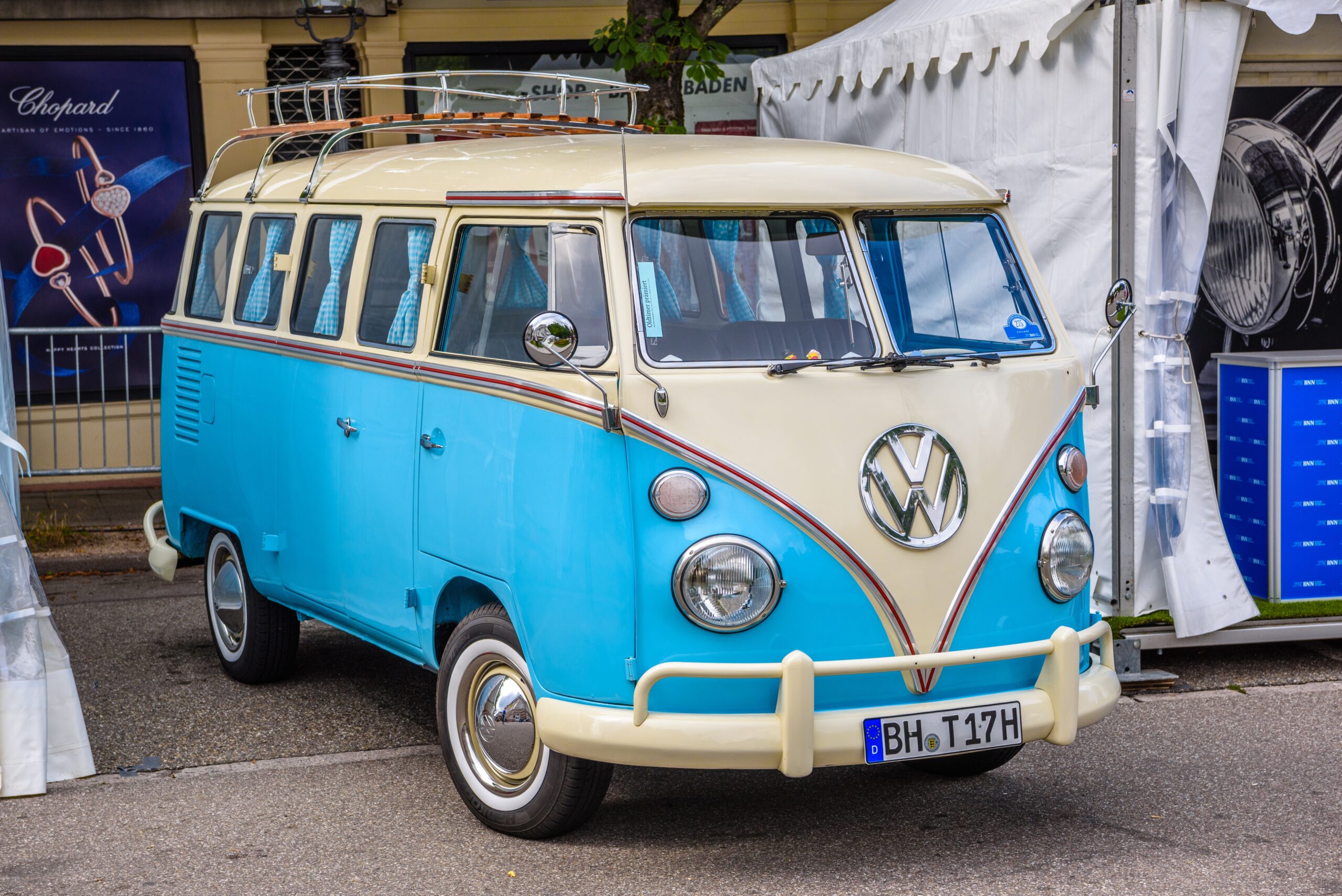
The Volkswagen Type 2, commonly referred to as the “Microbus” or “Kombi,” was introduced in 1950 and became a global icon of freedom and adventure. Its rear-engine design was based on the same platform as the Beetle, offering simplicity and ease of maintenance. The Type 2 had multiple variants, including panel vans, passenger vans, and even camper models equipped with foldable beds and pop-up roofs. It gained immense popularity during the 1960s counterculture movement, becoming a symbol of the hippie lifestyle. While its 1.2L engine wasn’t built for speed, the van’s reliability and spacious interior made it ideal for long road trips. Restored models can fetch significant prices today due to their nostalgic appeal and iconic design, often serving as a blank canvas for customizations.
Ford Econoline (First Generation)
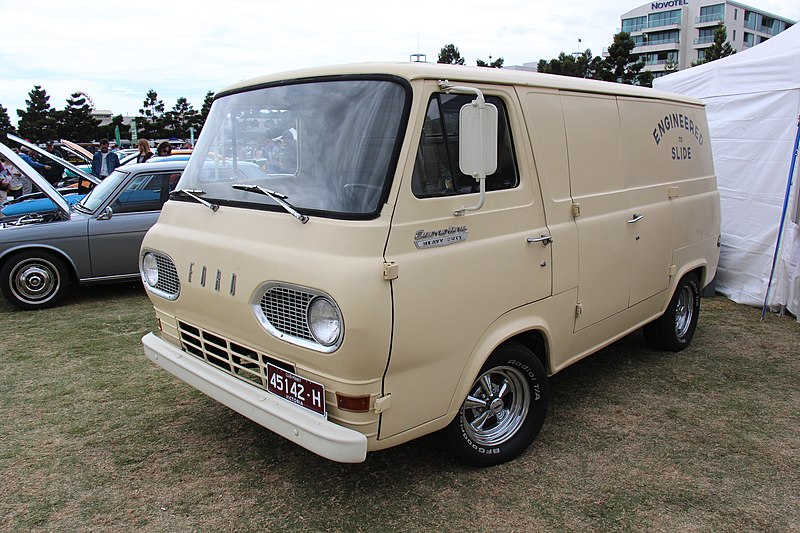
Launched in 1961, the Ford Econoline’s cab-over design was revolutionary for its time. The engine was positioned between the front seats, which not only maximized cargo space but also gave the van its unique, forward-control aesthetic. Available as a cargo van, passenger van, or pickup, the Econoline catered to a wide variety of uses. The first-generation models featured inline-six engines with manual transmission, and despite their simple appearance, they were tough workhorses. Over time, they’ve earned cult status, particularly among custom van enthusiasts who modify them for both aesthetic and practical purposes. Due to their rugged construction, many of these vans are still in use today, and restored versions are popular at car shows and vintage events.
Chevrolet Greenbrier
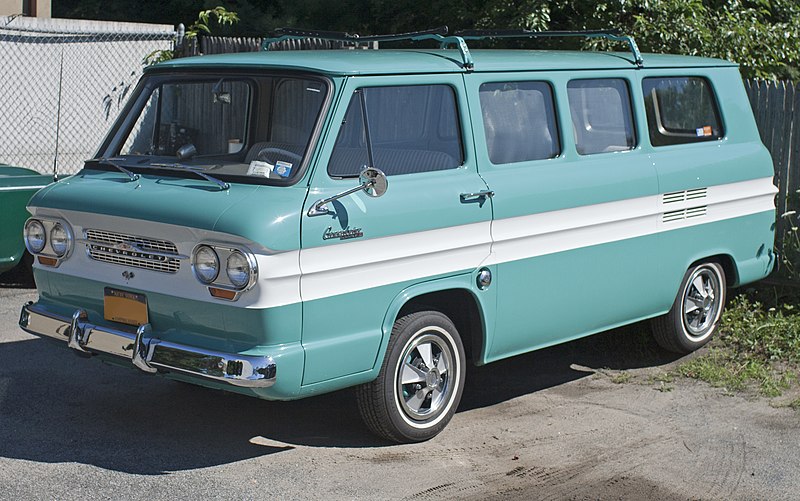
The Chevrolet Greenbrier, part of the Corvair family, made its debut in 1961 as a quirky, rear-engine van. Unlike most vans of the era, the Greenbrier used air-cooling technology, giving it a unique place in automotive history. It offered both passenger and cargo variants, with seating for up to nine people. Its independent rear suspension provided a smoother ride than most of its competitors, and the flat floor in the rear cargo area allowed for maximum storage flexibility. Though production ended in 1965, the Greenbrier has maintained a loyal following due to its distinctive mechanics and retro-futuristic design. Enthusiasts often seek out these rare vans to restore or convert into mobile homes or vintage camper vans.
Dodge A100
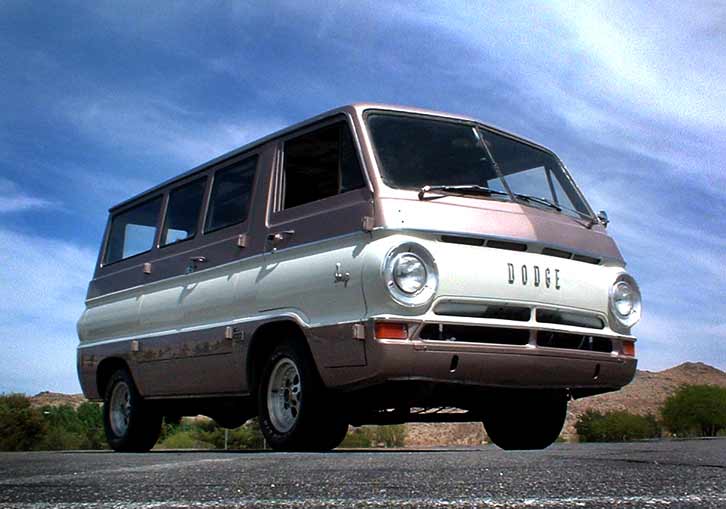
Introduced in 1964, the Dodge A100 was a compact van that featured a cab-over design, with the driver seated directly over the front axle. Available as a cargo van, passenger van, or pickup, the A100 was versatile enough for both commercial and personal use. It came equipped with either a slant-six or V8 engine, giving it more power than many of its competitors. The van gained additional fame in pop culture due to its appearance in TV shows and movies, further cementing its place as a cult favorite. Today, the A100 is prized for its flat-front design, which gives it a distinctive look, and restored models are commonly seen at car shows and van festivals. Its compact yet powerful build makes it ideal for customization, with many owners opting for performance upgrades and retro-inspired interiors.
Toyota HiAce (First Generation)
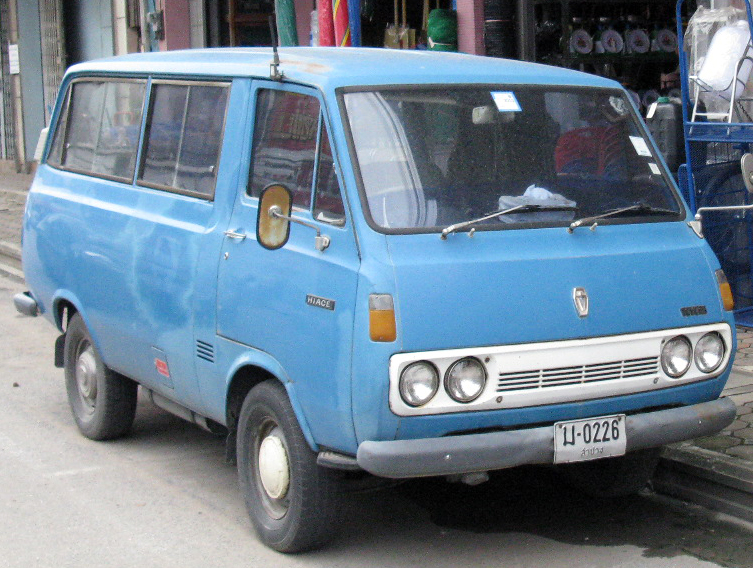
The Toyota HiAce debuted in 1967 as one of the company’s first entries into the commercial van market. Compact yet durable, it quickly became known for its fuel efficiency and reliability. Designed primarily for small businesses and city driving, the HiAce featured a simple, boxy design with a high roof, providing ample headroom and cargo space. Powered by a 1.35L or 1.6L engine, the van wasn’t the fastest on the road, but it excelled in tight urban environments. Over time, the HiAce developed a reputation for being virtually indestructible, making it a favorite for businesses in developing countries. Vintage HiAce models are rare today, particularly in well-maintained condition, and collectors value them for their role in Toyota’s automotive legacy and global market influence.
Bedford CA
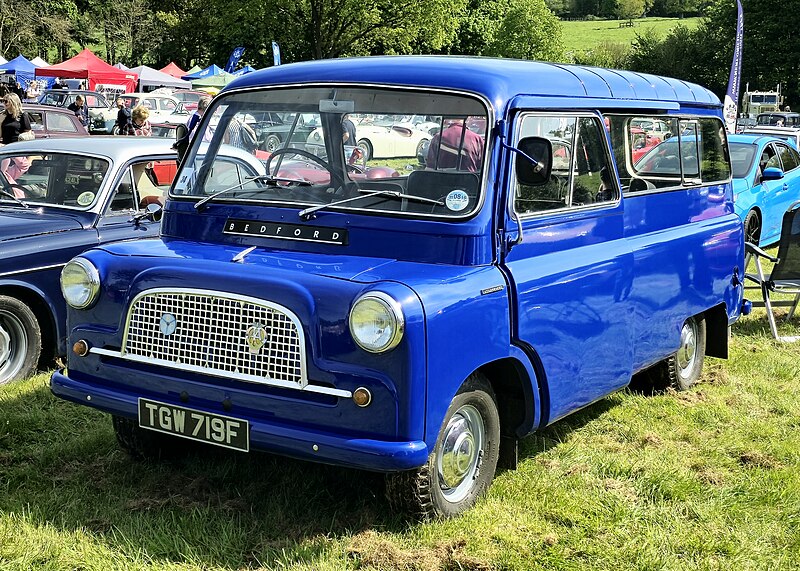
The Bedford CA was a British light commercial van produced from 1952 to 1969, primarily designed for small businesses. It featured a distinctive curved body and a split windshield, giving it a unique, retro aesthetic. Powered by a 1.5L engine, the van was praised for its reliability and ease of repair, making it popular with tradespeople and delivery services. Inside, the CA offered a spacious and practical layout, with sliding doors that made access easier in cramped urban areas. Despite its widespread use during its production years, well-preserved Bedford CAs have become rare. Collectors are particularly fond of its historical significance in post-war Britain, and restored models often appear at classic car shows.
Citroën HY
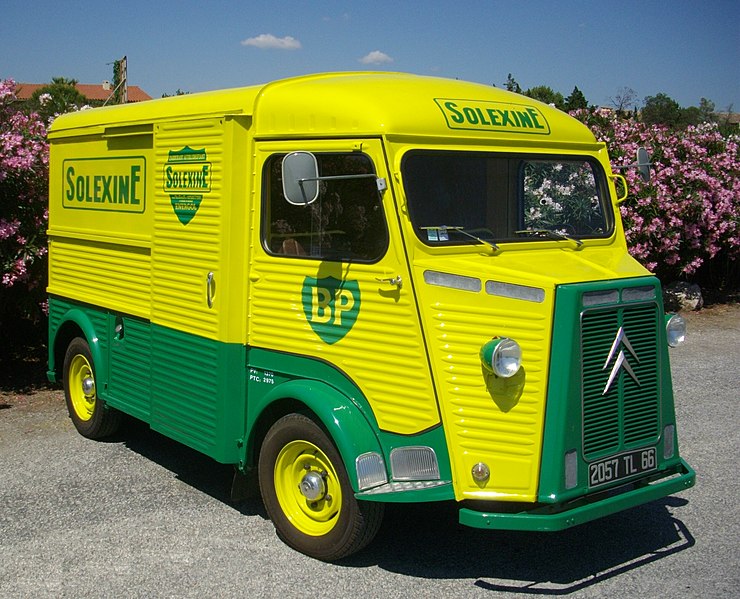
The Citroën HY was a staple of French roads from 1947 to 1981, characterized by its corrugated metal body and utilitarian design. Originally designed for farmers and rural businesses, its flat front and modular cargo area made it perfect for transporting goods. Despite its quirky appearance, the HY was highly practical, with sliding side doors and a low floor for easy loading. Over the years, the van became a cult favorite, especially in the vintage van scene, where it’s frequently converted into mobile cafes or food trucks. Its connection to rural France and its distinctive aesthetic make it highly collectible today. Well-restored models are often seen at European vintage car rallies and are prized for their French charm and functionality.
Subaru 360 Van

The Subaru 360 Van, produced in the 1960s, was part of Subaru’s first line of microcars, often referred to as the “ladybug” due to its small size and round shape. Powered by a 356cc two-stroke engine, it was a kei car in Japan, designed to be small, affordable, and fuel-efficient. The van could seat four people comfortably and featured a rear-engine layout. Despite its tiny size, it was surprisingly practical, with a flat load floor that could carry modest cargo loads. Today, the Subaru 360 Van is a rare collector’s item, especially in the United States, where kei cars are highly sought after by enthusiasts. Its quirky design and place in Subaru’s early history add to its appeal, making it a favorite among microcar collectors.
Volkswagen LT (First Generation)
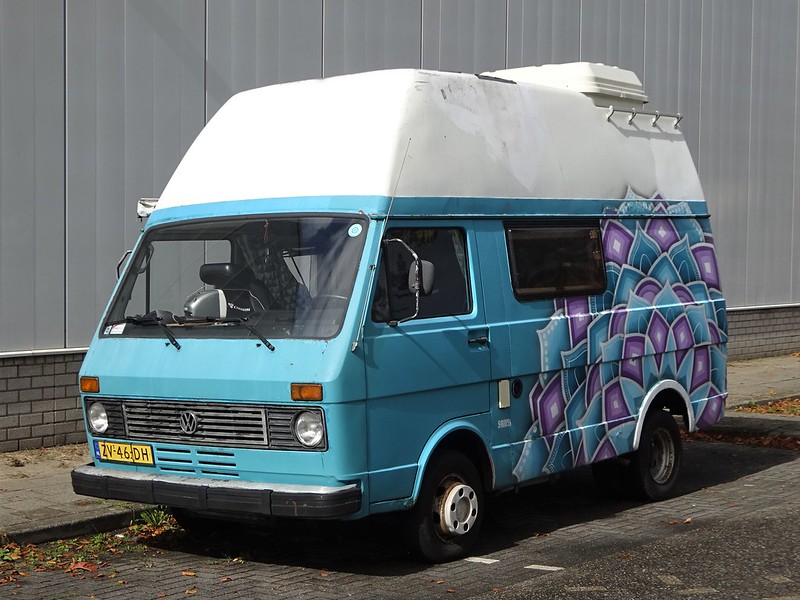
The Volkswagen LT (Lasten-Transporter), introduced in 1975, was VW’s entry into the larger commercial van market. Built to compete with the likes of the Mercedes-Benz T1, the LT offered a front-engine, rear-wheel-drive layout, which was a departure from the rear-engine design of the Type 2. It featured a spacious cargo area and could be configured as a panel van, flatbed truck, or camper. Its rugged construction and powerful diesel engine made it a reliable workhorse for businesses across Europe. Today, vintage LTs are cherished by collectors, particularly those who enjoy converting them into custom camper vans for long road trips. The LT’s boxy design and practical features have given it a timeless appeal in the world of vintage vans.
Renault Estafette
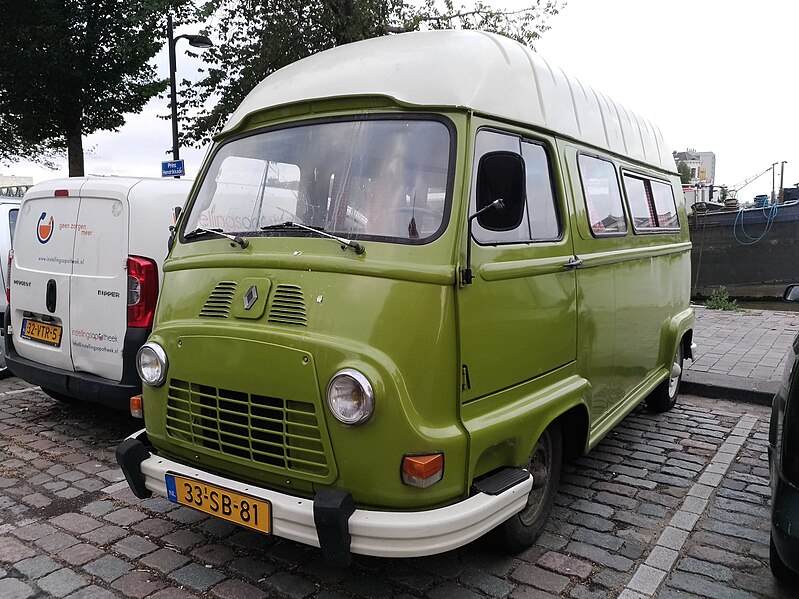
The Renault Estafette was produced from 1959 to 1980, becoming a familiar sight on French roads. Its forward-control design and flat load floor made it incredibly practical for deliveries, especially in tight urban environments. The van featured sliding side doors, making it easy to access goods even in confined spaces. Over the years, the Estafette earned a reputation for being reliable and easy to maintain, which endeared it to small business owners across France. Today, it holds a special place in the hearts of collectors, many of whom restore these vans for use as food trucks, mobile shops, or vintage campers. The Estafette’s classic French styling and versatility make it a beloved part of Renault’s automotive history.
GMC Vandura (First Generation)
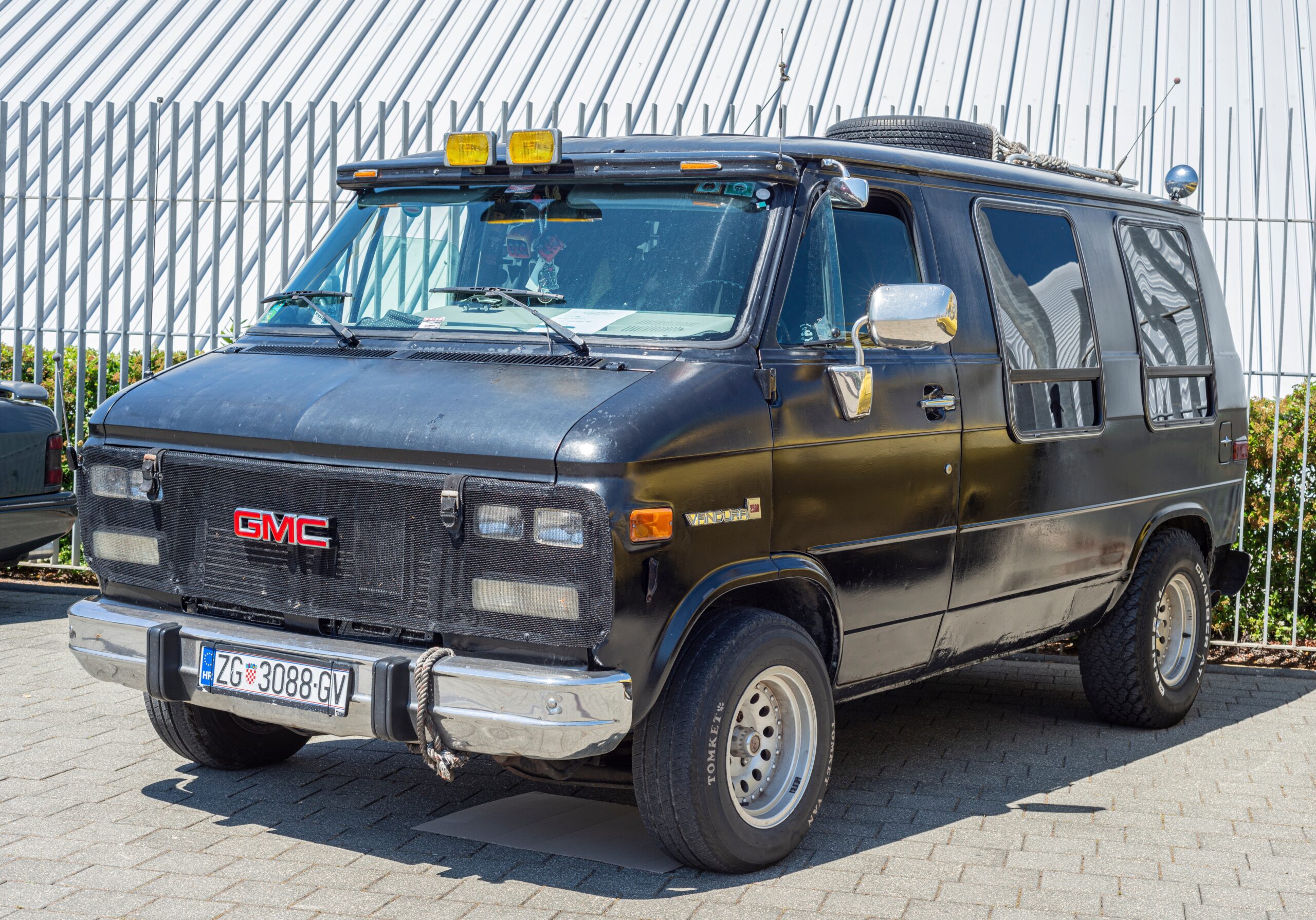
The GMC Vandura, first introduced in 1970, became an instant hit thanks to its spacious interior and powerful engine options. Its design was boxy and utilitarian, which made it highly customizable—leading to its widespread popularity in the custom van culture of the 1970s and ’80s. Equipped with V6 and V8 engines, the Vandura was ideal for both heavy-duty work and leisure. The model gained additional fame through pop culture, including its prominent role in the TV show The A-Team. Today, Vandura enthusiasts seek out first-generation models for restoration, often customizing them with retro paint jobs and outfitting the interiors with modern amenities. These vans remain symbols of a bygone era of road trips and free-spirited customization.
Austin J4
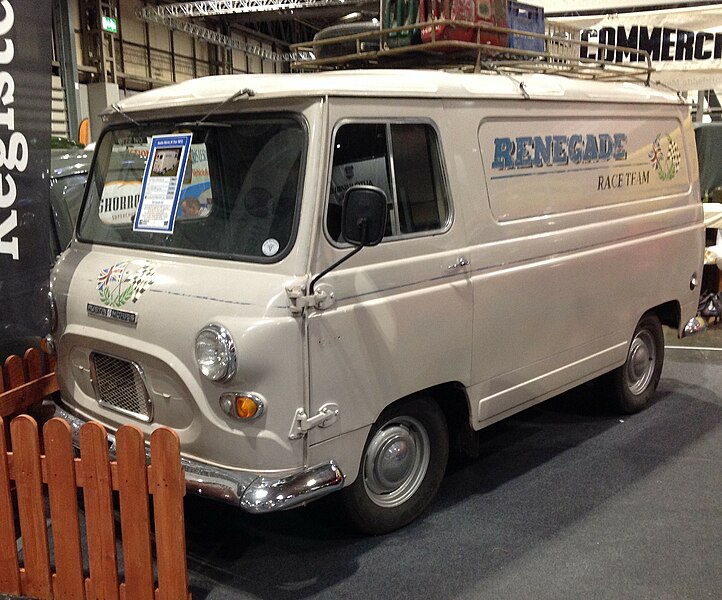
The Austin J4 was produced from 1960 to 1974, serving as a no-nonsense light commercial van in the UK. Its simple design and robust mechanics made it a favorite among small businesses, especially for deliveries. The J4 featured a forward-control cab and a flat load floor, which maximized cargo space. It was powered by a small four-cylinder engine, making it economical to run and maintain. Though often overshadowed by larger, more glamorous vehicles, the J4 has earned a cult following due to its utilitarian charm. Restored models are rare, but they are highly prized by collectors who appreciate its straightforward design and historical significance.
Fiat 238
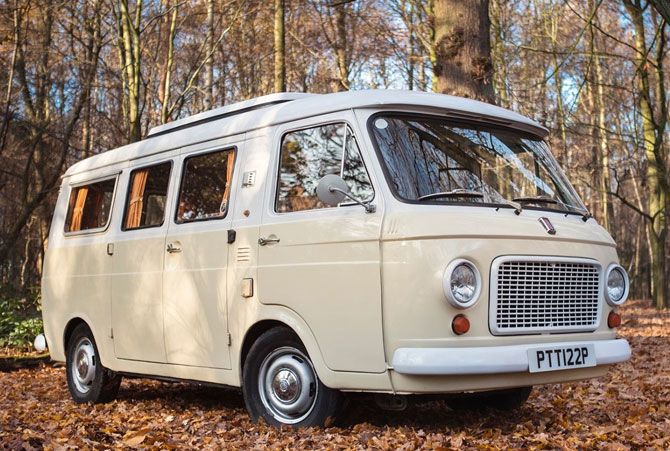
Produced between 1967 and 1983, the Fiat 238 was a versatile van that found favor with businesses and tradespeople across Europe. Its compact size and tight turning radius made it ideal for navigating narrow city streets. The 238 was powered by a front-mounted 1.2L or 1.4L engine, providing enough power for light commercial use without sacrificing fuel efficiency. Over time, it became a cult favorite, particularly in Italy, where its nostalgic value has grown significantly. The Fiat 238’s simple, round body design, coupled with its reliability and ease of repair, has made it popular among vintage van enthusiasts. Many restored models today are used as food trucks or mobile coffee shops, especially in Italy, where the 238 is considered a cultural icon. Its role in European business history, combined with its charming aesthetic, ensures that it remains a cherished collectible among van lovers.
Chevrolet G10 Van
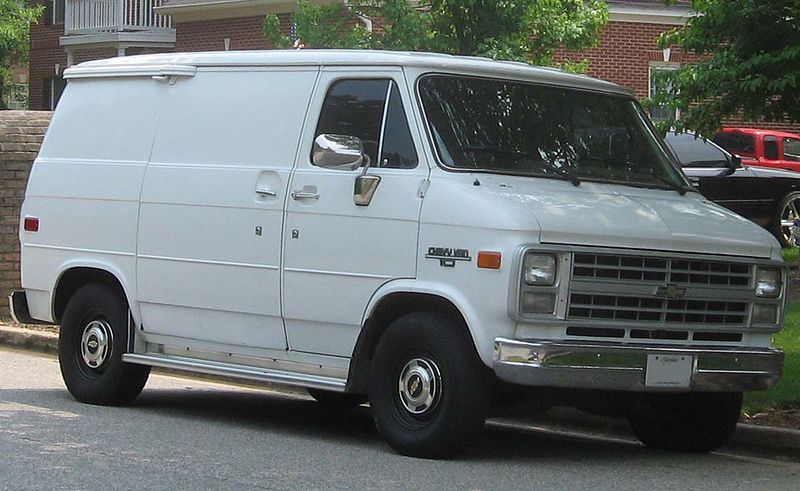
Part of Chevrolet’s long-running Chevy Van series, the G10 made its debut in 1964 and quickly became a symbol of American road trip culture. Known for its strong V8 engine and robust build, the G10 could handle long hauls and heavy loads with ease. The interior was highly customizable, making it a favorite for van enthusiasts in the 1970s who would deck out their G10s with custom paint jobs, plush interiors, and unique features like wood paneling and built-in sound systems. This era gave rise to the “van life” movement, and the G10 played a central role in that culture. Today, finding a well-maintained G10 is rare, and those who own one often showcase them at custom van gatherings and vintage car shows. Its association with a carefree, adventurous lifestyle has made it a cult favorite among collectors.
Nissan Caravan (E20)
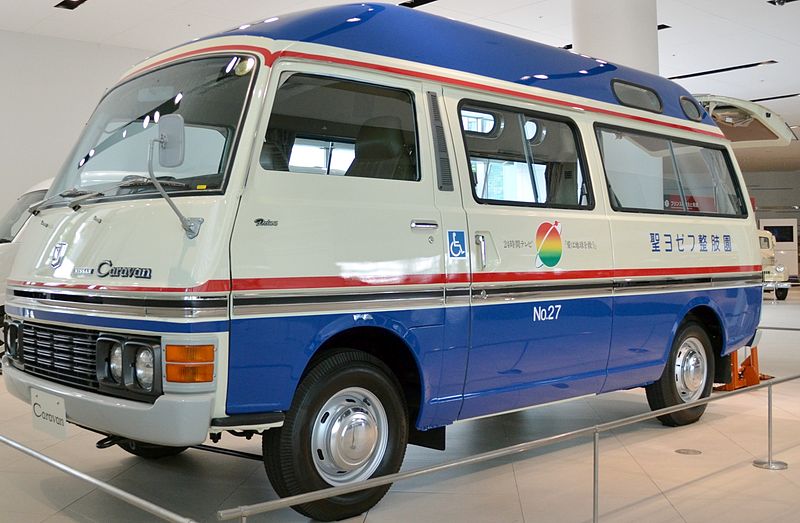
The second-generation Nissan Caravan (E20), produced from 1973 to 1980, became a favorite in Japan due to its reliability and spacious design. The E20 offered a no-nonsense, utilitarian look, featuring clean lines and a boxy shape that maximized interior space. Available as both a passenger van and a cargo van, it was used extensively by businesses, schools, and families. The van’s sturdy build and reliable engine meant it could handle a variety of conditions, from city driving to rural roads. Though it was primarily sold in Asia, the Caravan has gained a cult following internationally, with collectors appreciating its durability and practicality. Finding an E20 in good condition is rare, especially outside Japan, but enthusiasts value its simplicity and the nostalgia it evokes for early Japanese automotive engineering.
Ford Transit (Mark 1)
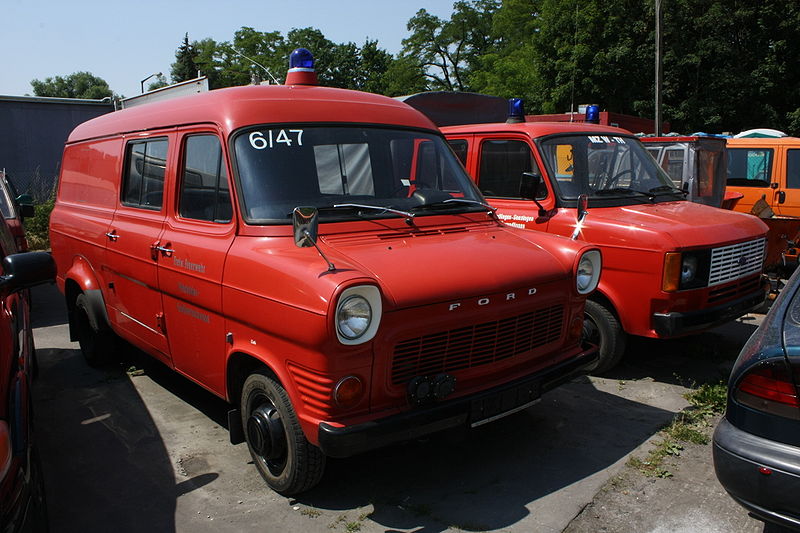
The Ford Transit Mark 1, launched in 1965, is often credited with revolutionizing the European van market. Its forward-control design, with the engine mounted at the front, provided more cargo space and better handling than previous models. Available in various configurations, including short-wheelbase and long-wheelbase versions, the Transit became popular with tradespeople, delivery companies, and even the police. Its versatility and reliability earned it a devoted following, and it became the van of choice for small businesses across Europe. Today, vintage Transit Mark 1s are rare, especially in good condition, and are highly sought after by collectors. Restored models often appear at classic car events, where they are admired for their historical significance and timeless design.
Mercedes-Benz T1 (Bremer Transporter)
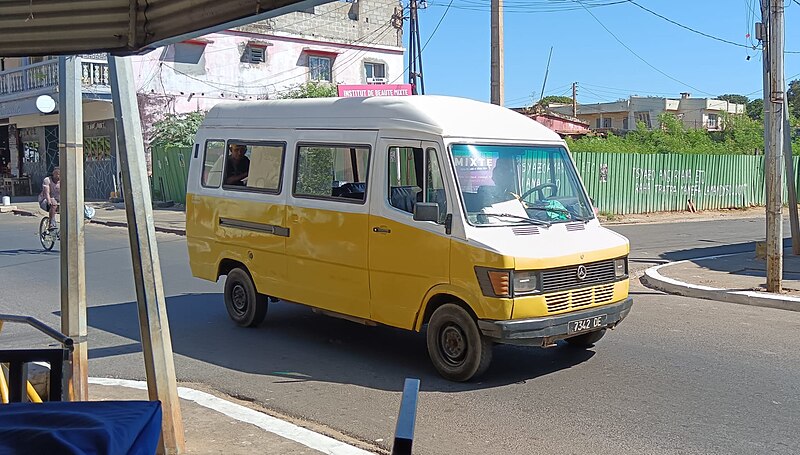
The Mercedes-Benz T1, commonly referred to as the “Bremer Transporter,” was produced from 1977 to 1995 and was known for its rugged durability. Unlike many other vans of its time, the T1 featured a front-engine, rear-wheel-drive layout, which provided excellent balance and handling. It was available in a variety of body styles, including panel vans, minibuses, and chassis cabs, making it suitable for a wide range of uses. The T1’s strong build quality and reliable diesel engines made it a favorite for commercial use across Europe. Today, vintage T1 models are cherished for their reliability and are often converted into custom camper vans or mobile workshops. Their sturdy construction and association with the Mercedes-Benz brand add to their appeal among collectors.
Mazda Bongo (First Generation)
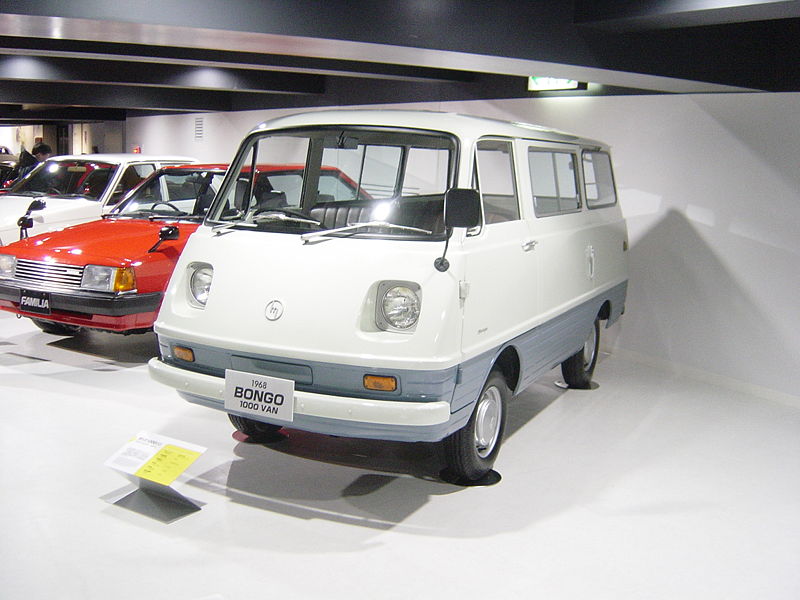
The first-generation Mazda Bongo, introduced in 1966, was a small van that became popular in Japan for its practicality and efficient use of space. Powered by a rear-mounted water-cooled engine, the Bongo was designed for city driving and small businesses. Its compact size and low operating costs made it an attractive option for families and entrepreneurs alike. Over the years, the Bongo developed a cult following, particularly among enthusiasts of Japanese kei vans and microvans. Vintage Bongo models are rare outside of Japan, but those who own one appreciate its retro charm and the role it played in Japan’s automotive history. Restored models often feature colorful paint jobs and are used as mobile coffee shops or tiny camper vans.
Peugeot J7
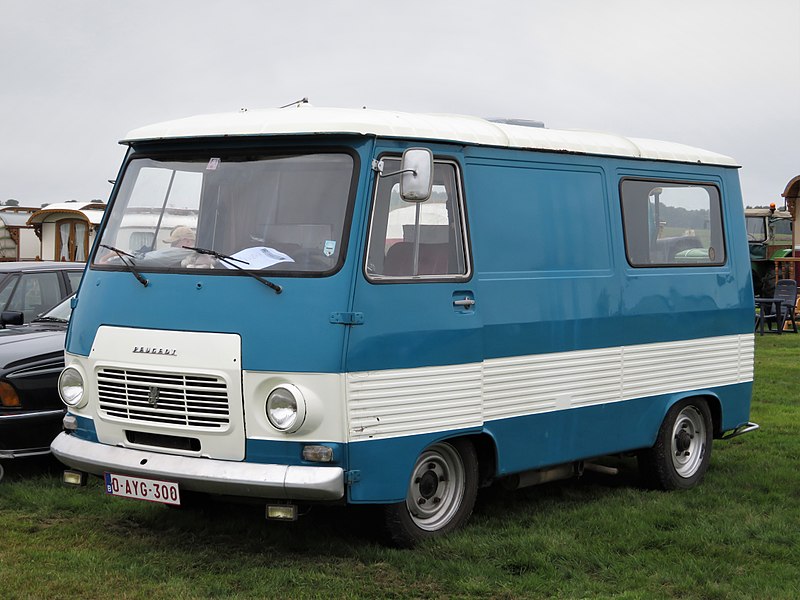
Produced between 1965 and 1980, the Peugeot J7 was a workhorse van that became a staple of French roads. Its boxy design and high roof made it ideal for transporting goods, and it was frequently used by tradespeople and small businesses. The J7 was known for its durability, featuring a simple, robust engine that could handle heavy loads and long distances. Over the years, the van has earned a cult following, particularly in Europe, where vintage J7s are often restored and converted into food trucks or mobile shops. Its practical design and French flair make it a favorite among collectors, who appreciate its blend of functionality and style. Finding a well-maintained J7 is rare, but those that remain are often cherished for their nostalgic value and timeless design.
This article originally appeared on Rarest.org.
More From Rarest.Org
Beetles come in a wide variety of vibrant colors and intricate designs. These remarkable insects, found in diverse habitats, often captivate with their exotic appearances. Read more.
Nature has a way of showcasing stunning artistry, and some spiders are no exception. These arachnids, with their vibrant colors and intricate patterns, resemble miniature works of art. Read more.
Cities have become unexpected habitats for a variety of animals. These creatures have adapted to the hustle and bustle of urban life, finding food and shelter in the most unlikely places. Read more.



